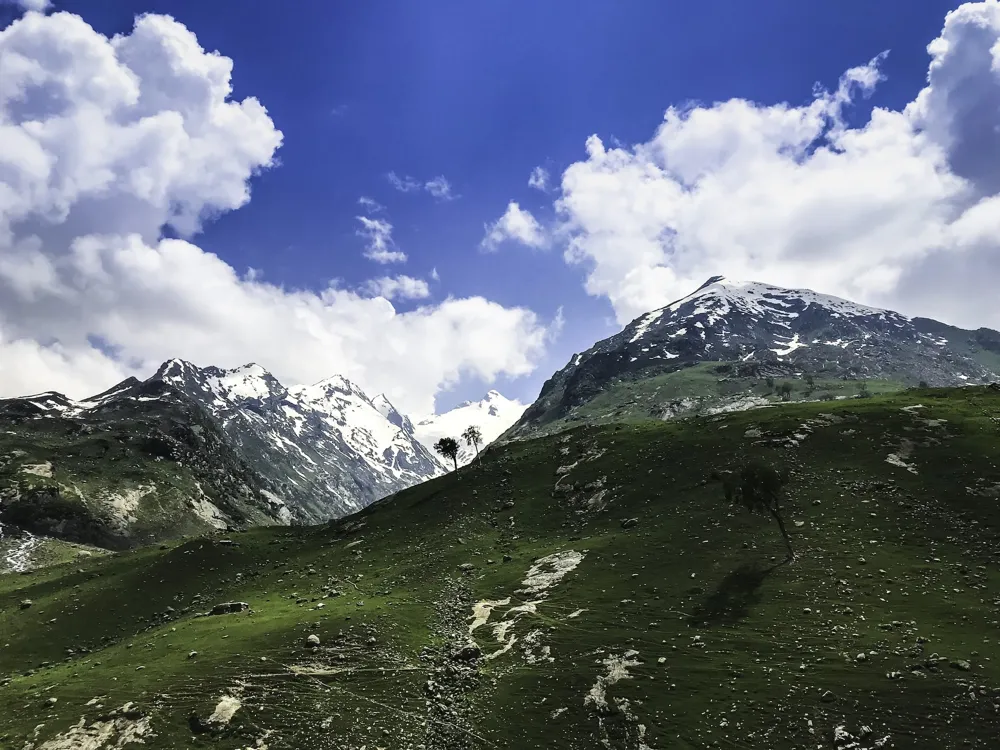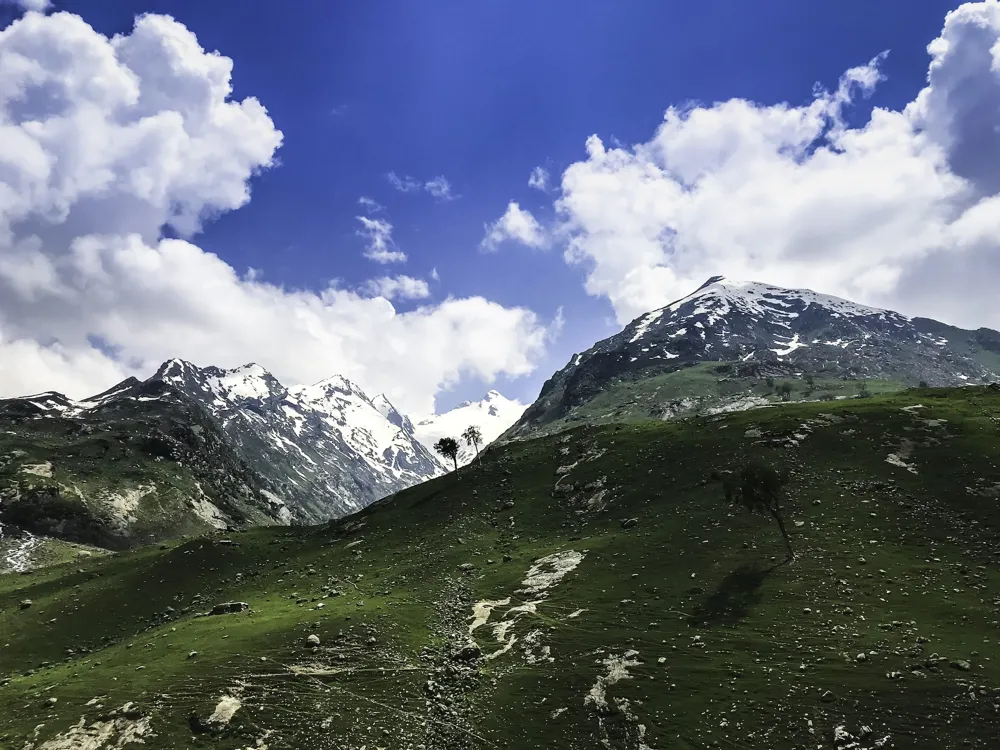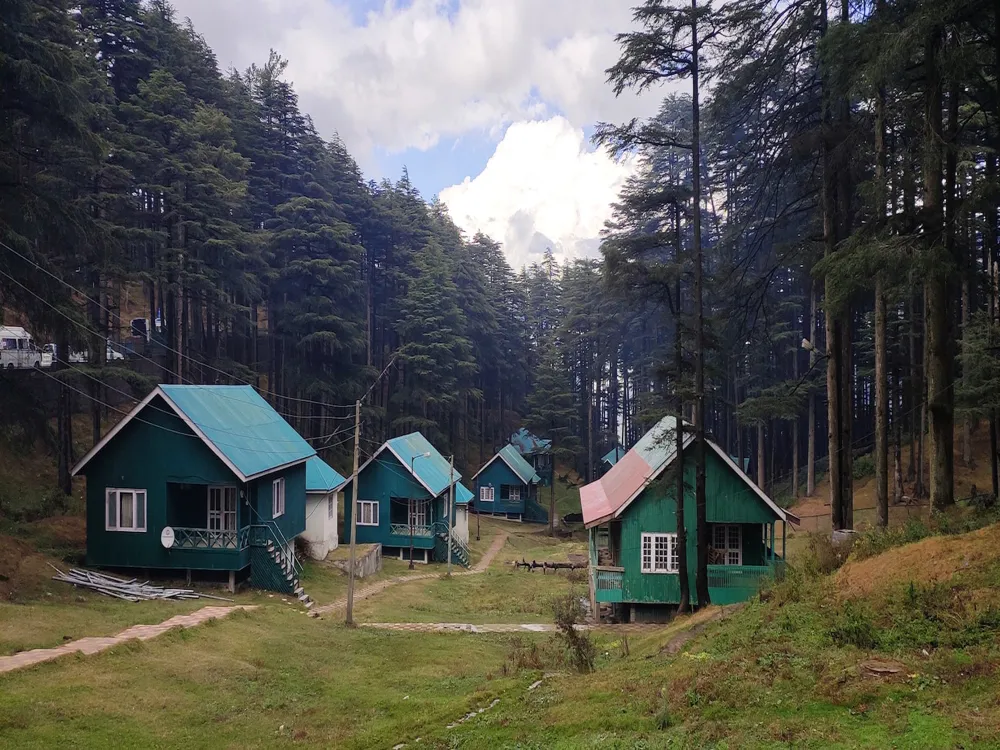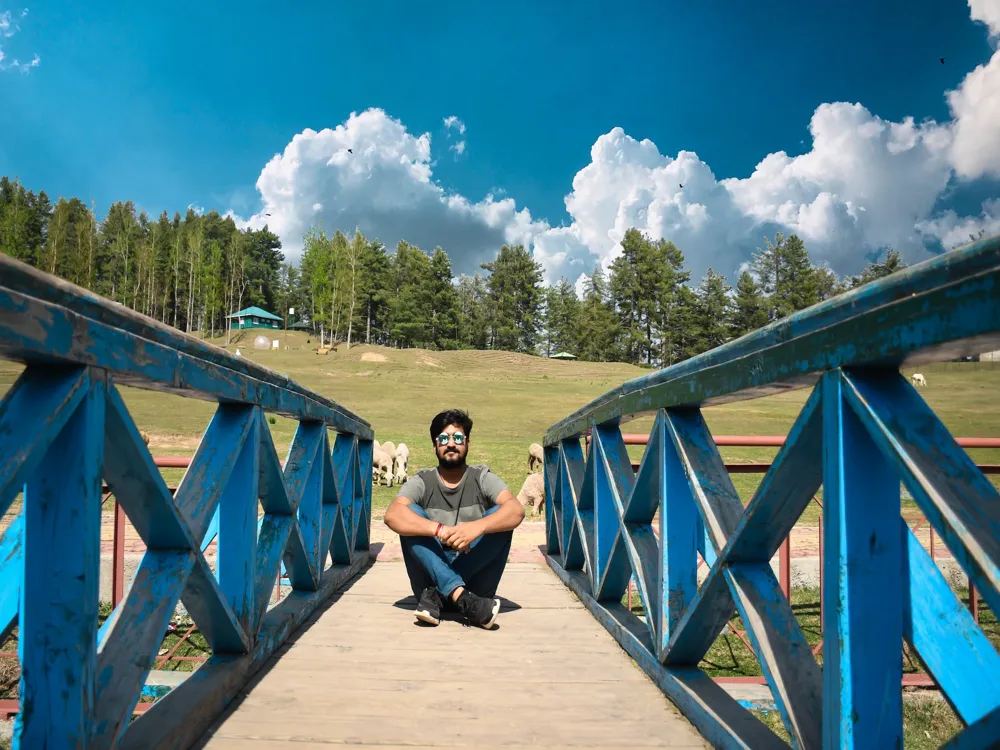Nestled in the serene landscapes of Anantnag in Jammu and Kashmir, the Aishmuqam Shrine is a revered spiritual site that attracts thousands of pilgrims and tourists every year. This shrine, dedicated to Sheikh Zain-ud-Din Wali, a prominent Sufi saint, is not just a religious place but also a testament to the rich cultural and spiritual history of the region. Sheikh Zain-ud-Din Wali was one of the principal disciples of Sheikh Noor-ud-Din Noorani, the patron saint of Kashmir. The Aishmuqam Shrine is situated atop a hillock and provides a panoramic view of the picturesque surroundings, making it a perfect blend of spirituality and natural beauty. The history of the Aishmuqam Shrine dates back to the 15th century and is closely linked with the spread of Islam in Kashmir. It is believed that Sheikh Zain-ud-Din Wali spent his last days in a cave at this location, meditating and spreading the teachings of Islam. The shrine houses several relics, including the wooden stick of the saint, which are displayed once a year during the annual festival of Zool. This festival is a major event at the shrine, drawing a large number of devotees from various parts of the country. The shrine's historical and religious significance makes it a vital part of the spiritual landscape of Jammu and Kashmir. The Aishmuqam Shrine is a stunning example of traditional Kashmiri architecture, reflecting the region's unique aesthetic and cultural heritage. The main structure of the shrine is built with ancient Kashmiri woodwork and intricate carvings, featuring elements typical of the Kashmiri style, such as multi-tiered roofs, ornate wooden balconies, and vibrant color schemes. The shrine's design is not just visually appealing but also carries deep symbolic meaning, with each element representing aspects of the Islamic faith and the local culture. One of the most notable features of the Aishmuqam Shrine's architecture is its harmonious blend with the natural surroundings. The use of local materials, such as wood and stone, in its construction, ensures that the shrine complements the scenic beauty of the region. The interiors of the shrine are equally captivating, with detailed woodwork, colorful glass panes, and elegantly carved prayer spaces. These elements come together to create a serene and spiritual atmosphere, conducive to contemplation and prayer. The preservation of the shrine's architectural integrity over the centuries is a testament to the craftsmanship and cultural importance of this sacred site. Visitors to the Aishmuqam Shrine should dress modestly, respecting the religious and cultural sensitivities of the place. It is advisable to wear full-length clothes and avoid flashy or revealing attire. Being a place of religious significance, it's important to respect local customs and traditions. Visitors should speak softly, avoid littering, and observe the rituals and practices with reverence. While photography may be allowed in certain areas, it's important to check for any restrictions. Avoid taking pictures during prayer times or of people without their consent. The Aishmuqam Shrine is accessible by various modes of transportation. The nearest major city is Srinagar, which is well-connected by air, rail, and road. From Srinagar, visitors can hire taxis or take local buses to reach Anantnag. The shrine is located about 15 km from the Anantnag bus station, and local transport is readily available for the final leg of the journey. For those preferring a more scenic route, a drive through the beautiful countryside of Kashmir offers a memorable experience. It is advisable to check the local travel advisories and weather conditions before planning the trip. The region experiences heavy snowfall during the winter months, which may affect travel plans. Moreover, being a sensitive border area, there might be specific guidelines for tourists, especially foreign nationals, which should be adhered to for a safe and hassle-free visit. Read More:Overview of Aishmuqam Shrine, Anantnag, Jammu and Kashmir
Architecture of Aishmuqam Shrine
Tips When Visiting Aishmuqam Shrine
Dress Appropriately
Respect Local Customs
Photography Guidelines
How To Reach Aishmuqam Shrine
Aishmuqam Shrine
Anantnag
Jammu And Kashmir
NaN onwards
View anantnag Packages
Anantnag Travel Packages
View All Packages For Anantnag
Top Hotel Collections for Anantnag

Private Pool

Luxury Hotels

5-Star Hotels

Pet Friendly
Top Hotels Near Anantnag
Other Top Ranking Places In Anantnag
View All Places To Visit In anantnag
Faq on Anantnag
What is Aishmuqam Shrine Anantnag?
The Aishmuqam Shrine in Anantnag is a revered Sufi shrine located in the town of Aishmuqam, about 27 kilometers from Anantnag city in the Indian union territory of Jammu and Kashmir. It is dedicated to the Sufi saint Baba Zain-ud-Din Wali.
Who was Baba Zain-ud-Din Wali?
Baba Zain-ud-Din Wali, also known as Zain Sahib, was a revered Sufi saint who lived in Kashmir during the 15th century. He was a disciple of Baba Samad Mir, a prominent Sufi saint in the region.
What is the significance of Aishmuqam Shrine?
The Aishmuqam Shrine holds immense religious significance for both Muslims and Hindus in the region. It is believed to be a place of spiritual solace and is visited by devotees seeking blessings, healing, and fulfillment of wishes.
How old is Aishmuqam Shrine?
The exact age of the Aishmuqam Shrine is not precisely known, but it is believed to have been established several centuries ago during the lifetime of Baba Zain-ud-Din Wali, around the 15th century.
What are the rituals observed at Aishmuqam Shrine?
Devotees visiting the Aishmuqam Shrine engage in various rituals such as offering prayers, reciting verses from the Quran, making offerings of flowers, sweets, and other items, tying sacred threads (mannats), and seeking blessings from the saint.
View anantnag Packages
Anantnag Travel Packages
View All Packages For Anantnag
Top Hotel Collections for Anantnag

Private Pool

Luxury Hotels

5-Star Hotels

Pet Friendly
Top Hotels Near Anantnag
Other Top Ranking Places In Anantnag
Faq on Anantnag
What is Aishmuqam Shrine Anantnag?
The Aishmuqam Shrine in Anantnag is a revered Sufi shrine located in the town of Aishmuqam, about 27 kilometers from Anantnag city in the Indian union territory of Jammu and Kashmir. It is dedicated to the Sufi saint Baba Zain-ud-Din Wali.
Who was Baba Zain-ud-Din Wali?
Baba Zain-ud-Din Wali, also known as Zain Sahib, was a revered Sufi saint who lived in Kashmir during the 15th century. He was a disciple of Baba Samad Mir, a prominent Sufi saint in the region.
What is the significance of Aishmuqam Shrine?
The Aishmuqam Shrine holds immense religious significance for both Muslims and Hindus in the region. It is believed to be a place of spiritual solace and is visited by devotees seeking blessings, healing, and fulfillment of wishes.
How old is Aishmuqam Shrine?
The exact age of the Aishmuqam Shrine is not precisely known, but it is believed to have been established several centuries ago during the lifetime of Baba Zain-ud-Din Wali, around the 15th century.
What are the rituals observed at Aishmuqam Shrine?
Devotees visiting the Aishmuqam Shrine engage in various rituals such as offering prayers, reciting verses from the Quran, making offerings of flowers, sweets, and other items, tying sacred threads (mannats), and seeking blessings from the saint.





















